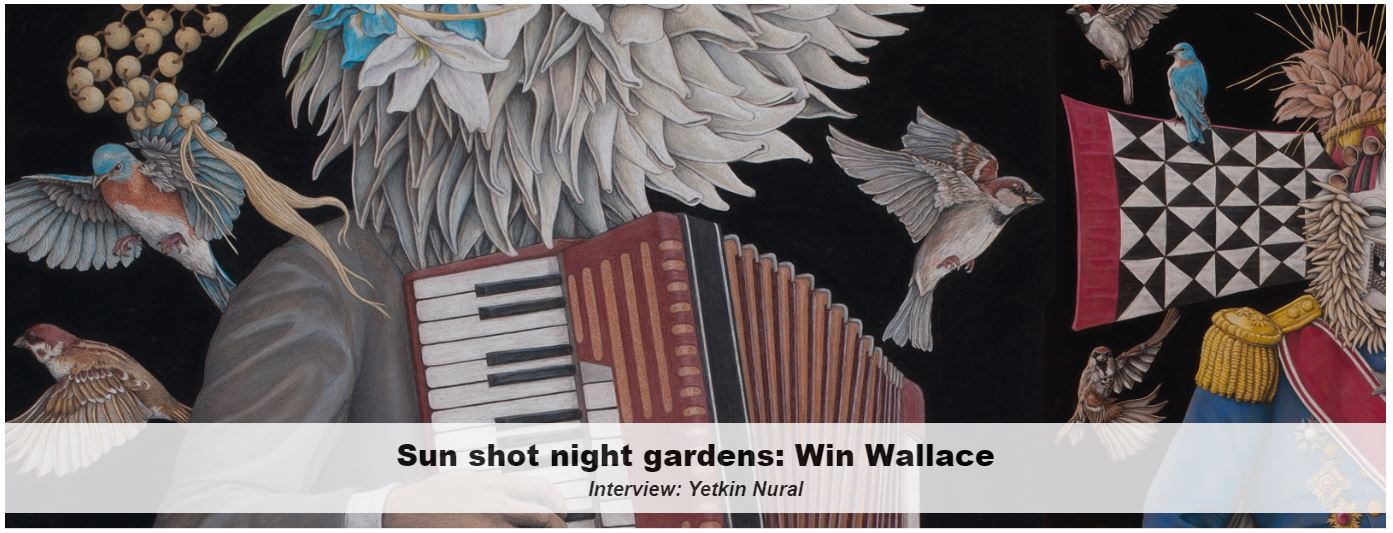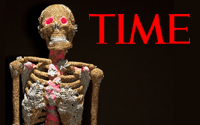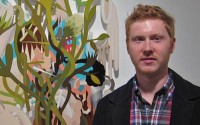When you look at the work of artist Win Wallace from Austin, Texas, you are experiencing a suspicious appetite that a mature fruit will make you realize later is rotten.
– – – – – – – – – – – – – – – – – – – – – – – – – – – – – – – – – – – – – – – – – – – – – – – – – – – – – – – – – – – – – – – – – – – – – – – – – – – – – – – – –
Burying the dark details of personal mythology under the impressive color choices and striking compositions comes to life through the curiosity that Win Wallace awakens in the audience, taking strange and extraterrestrial characters hostage to the minister’s eyes. The artist, who is also interested in music since her high school years, is the origin of her black-and-white works based on poster and demo covers she prepared for groups from underground-punk and rock scenes. In his dark, black-and-white works, which he considers his all day somut works inde as the karanlık sun inde in his colorful drawings, he turns into concrete dreams revived in the moonlight.
Do you remember your first drawings? How old were you and what were you drawing?
The first drawing that came to me when I thought about it was 8 or 9 years old. My mother had written me and my sister in art classes for kids at the art center in the city where we grew up. Lessons were in the basement of an old building. Our teacher, Mrs. O’Connor was wearing a shawl and a hat with flowers on it. We sat down on a chair in the corner and tried to draw it throughout the course. I was doing this for the first time. It was incredible for me to try to draw the person I was looking at and get lost in the curls of the shawl. At that age, I felt something inside me changed.
What were the first inspirations that influenced you as an art career?
My parents’ house had a lot of art books, books of the classical period. My favorite amongst them was Jose Clemente Orozco, David Siquieros and Diego Rivera’s wall paintings. This book has become my obsession. In fact, the volume of the book was ruined because I always carried it and took it everywhere, and my father was not pleased. The stories in the book were very detailed and filled with shocking images that were so intriguing.
I’m not so sure I don’t choose art as my own career path. When you look at my life, you can actually say that my ”career Hay is more in the service sector. I have been working in various restaurants and bars since I was 15 years old. Since the hours of the service sector were generally flexible, it was possible to draw during the day and go to work at night.
” Balance is very important, not only in terms of aesthetics, but also in the light and dark elements of the story conveyed by a work. My hope is that my work comes to life. I’m not talking about the realism of my drawings in the photographic sense, but my goal is to create a sense of vitality. Ler
You work in black and white and colors. When it comes to the use of color, I think that the choices are quite striking, you have a great feeling in both tonal choices and details. Why is black and white important to you? How do you decide if a job is black or white?
I don’t have a decision about drawing a drawing, ink or color. When an image in my mind starts to appear, I know what materials I will use right now. The origin of my pencil and ink works actually come from the concert posters I made for various groups by imitating artists such as Pushead, Posada or Raymond Pettibon. I also have the quality to produce a black-and-white work right after every colorful work. I work much faster in my black-and-white work, and it helps me to open a clean page after a time-consuming colored drawing.
In your work, you are fed by different interactions as iconography and style. Can you explain the process of creating a composition? How do you select and position images?
Yes, there are many art forms that I am impressed with, especially Baroque and other, classical ğ art movements. And of course, these interactions are reflected in my drawings. The balance is very important, not only in the aesthetic sense, but also in the light and dark elements of the story conveyed by a work. My hope is that my work comes to life. Not to mention the realism of my drawings in the photographic sense, but my aim is to create a sense of vitality. And, of course, life is for us all of the beautiful things that delight like flowers or music, and sad and tragic things like death and loss. I hope that I can achieve a balance of this opposition in my good work.
‘When I think in many ways, I actually want people to approach my work as a scene they encounter in a garden without waiting in the middle of the night.’
I’ve read that they have divided their work into three categories: ballads, allegories and stories. Can you explain these categories and how they define them?
These categories are not really very descriptive, they only allow me to draw around the three main forms of my work with flexible lines. The ıy Balads lar describe how I feel about my work and my portraits that include stories, songs and memories of a person. My pen and ink works usually have a shorter message or story, so I think of them as bir short Kalem. My colorful dolu daytime karakter works, which are more luminous, detailed stories, are full of characters and objects that resemble more than their own forms, and which together form a metaphor like “pride beraber or and greed Daha, so I like them as an allegory.
It is not easy to fully understand the subjects that you are dealing with. In almost all of them, surreal, strange and sometimes dark feeling is a common feature, but when it comes to the subject of drawing, there are layers of meaning that do not immediately turn to the viewer. What can you tell a viewer who wants to take more of what he sees from his work?
It’s a conscious choice for me to let my business speak of different layers. One of the things I like about figurative work is that they are accessible to everyone, because everyone can recognize the forms of human, animal and plant, for which there is no need for an art education or history. I hope that everyone who looks at my work can be in a private place to get in touch with them. But I also love art history and the symbolism that has accumulated in this history, not only in fine arts, but also in literature and mythology. So if someone knows about art history and can interpret my work through these layers, how nice ve But I don’t want to impose any restriction on how anyone will look at my job and how to interpret it, because it’s stealing your own life. In many ways,
Another common point in his work is his detailed figurative structures. What are the features that attract you to this style? Have you ever thought about turning to a more abstract approach?
First of all, I can say that trying to draw a pile of leaves and flowers in a natural and realistic way is a very abstract experience in itself. Almost all of the art works that I met in children, books or churches were figurative. I felt that even when I saw abstract or even conceptual works that I liked very much, it did not overlap with my own practice. I also love concrete stories and their possibilities.
Since high school, you have made concert flyers and posters for many rock and punk bands in the underground scene. You even took part in different groups. Does music continue to feed creativity? What kind of music do you listen to while working?
Music is a big part of my life, not just creativity. I still do music, I love recording or going on stage. We have a group with guitarist Brett Bradford, former member of Scratch Acid, a really great and impressive group of leaders in the Texas punk rock movement with The Big Boys, The Dicks and some other great bands.
There is a satisfaction from stealing and satisfying your creativity faster. It creates a very good balance against the prolonged, isolated and occasionally tiring nature of painting. And of course my studio plays music all the time: Thin Lizzy, Pharoah Sanders, High on Fire, Stevie Wonder, Tammy Wynette, from the ’70s, early Peace Mancho …
What are your recent discoveries? Art, music, literature, or any other field …
Ufommamut, a magnificent heavy metal band from Italy, is one of my favorite discoveries. I also discovered another group called We are the Astreoid from Austin. They are very good, especially if you listen to live as it is very enjoyable. As for the visual arts, I met with my work with Jonathan Levin Projects, and I met Susannah Martin and Arinze Stanley … I think they are great in every way. Since I’ve been drawing so much lately, I’m ashamed to embarrass myself that the books are a little bit empty. But I keep reading Isabel Allende’s books slowly. Of course, he’s not a new writer to discover, but that’s what I’ve been reading lately.
Who do you prefer to be friends in your daily life, and what do you stay away from?
In my social life, I used to be more creative with the musicians. I think Austin will always be a city of music rather than visual arts. I have serious social anxiety like most of us, so I’m not even sure how to think about this question. In my daily life, I refrain from driving meat, hard drugs and (if possible) motorways.
What are you working on these days? Are there any projects or plans you want to share?
I am currently working on two solo exhibitions for Jonathan Levine Projects in Dallas and Craighead Green Gallery. These two will require me to be happily in my studio for the next few months. I have a lot of work to do and I’m really happy for the opportunities people have to meet with my work.
Article copied from Google Translate, see full article here















